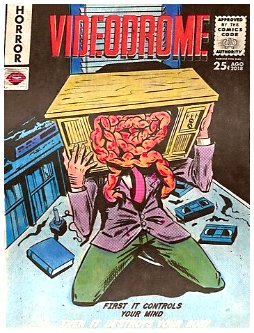cross-posted from: https://lemmy.capebreton.social/post/327322
The Trojan Room coffee pot was a coffee machine located in the Computer Laboratory of the University of Cambridge, England. Created in 1991 by Quentin Stafford-Fraser and Paul Jardetzky, it was migrated from their laboratory network to the web in 1993 becoming the world’s first webcam.
To save people working in the building the disappointment of finding the coffee machine empty after making the trip to the room, a camera was set up providing a live picture of the coffee pot to all desktop computers on the office network. After the camera was connected to the Internet a few years later, the coffee pot gained international renown as a feature of the fledgling World Wide Web, until being retired in 2001.
It went offline on August 22nd, 2001


Would they?
It takes 8 years of being a 3.71B company to make the money of just that one single year of being a 30B company. Now, if the next year after that peak were 26B, then there’s another 7 years. Just two years at their peak is better than 15 years at 3.71B. Now do that area under the curve for 30 years. Yes, it is down to near zero now; but it was so high in the past that it would take a very long time at 0 profit to make up for it.
Also, I had a digital camera in 2001. They absolutely sucked and were only fun for nerds like me. They did not replace the film camera I had. So Kodak could have focused on selling a niche product that people wouldn’t have wanted for 15 years or ignored a very long term future profit to make a shitload then.
Even if they went hard at making digital cameras, it probably wouldn’t hurt their business too much since they would replace film revenues with camera revenues. They would still be a 30B company, since valuations take into account future revenues. If it hurts current profits a little, but has good future prospects, that often still increases stock value
Example: AMD is breaking even right now, but the stock price is still high due to future AI chip sales.